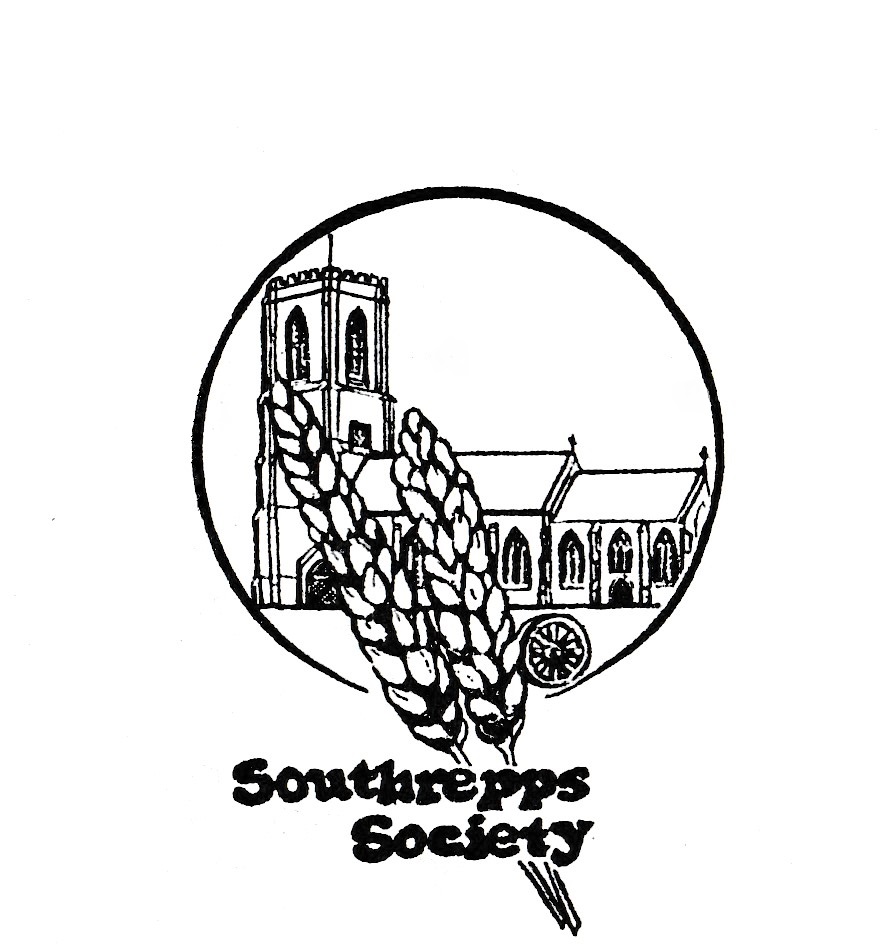Author Margaret Dowland

Indenture documents from 1755 show that there has been a forge at the top of Long Lane in the High Street for at least 270 years. Before this date the forge was owned by James Bartram. The forge land was 3 acres and 1 rood. Consisting of Carr’s land 2 acres abutting Thomas Loves land to the South and the land of Samuel Parnell to the North and between John Ransoms land to the West and the Kings highway to the East. The other acre and rood were Woolwell (we have not identified Woolwell).
In 1755 the forge was sold to Richard White, and the blacksmith was Robert Mason. The next known date is of 1833 when the indenture shows a Robert Mason as the owner. The assumption would be that this is his son. In 1841 Robert is employing Joseph Gray as blacksmith and his apprentice is John Bayton. In 1844 the Masons sell to William Hutson who continues to employ Joseph Gray as blacksmith as well as William Dixon a journeyman blacksmith. On his death William Hutson in 1862 he leaves the forge to his daughter Tabitha Sharpen and her husband James who is the village veterinary surgeon as well the victualler for the New Inn. The blacksmiths at this time are Isaac Temple and James Pike. Isaac retired in the 1880s and the next blacksmith is Lee Fox who is living at the Post Office and is also the postmaster and farmer. By 1891 The blacksmith is Herbert Risebrow and according to Mary Young was also the owner. There is sufficient work to require two blacksmiths and William Warner lives in the cottage next-door. Herbert remains the owner and blacksmith until 1911 when he sells it to Colin Snelling.
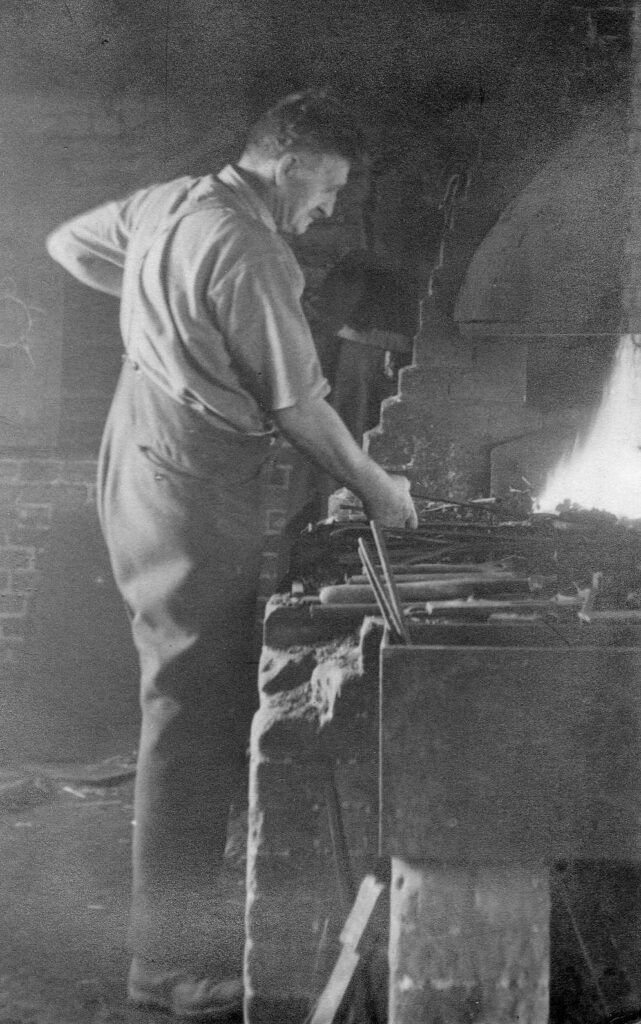
Colin Snelling was from Tivetshall, he married Miss Clarke, daughter of either a railway guard or Stationmaster. He was joined later by his in-laws and at first, they all lived in the cottage until he built the in-laws a bungalow in Sandy Lane.His brother in-law married a widow Mrs Woods who lived in a bungalow near the welding equipment firm, but he died not long after. Mr Clarke died first, and Mrs Clarke was joined in the new bungalow by Colin, his wife and young Gracie their daughter. His brother in-law married a widow Mrs Woods who lived in a bungalow near the welding equipment firm, but he died not long after.
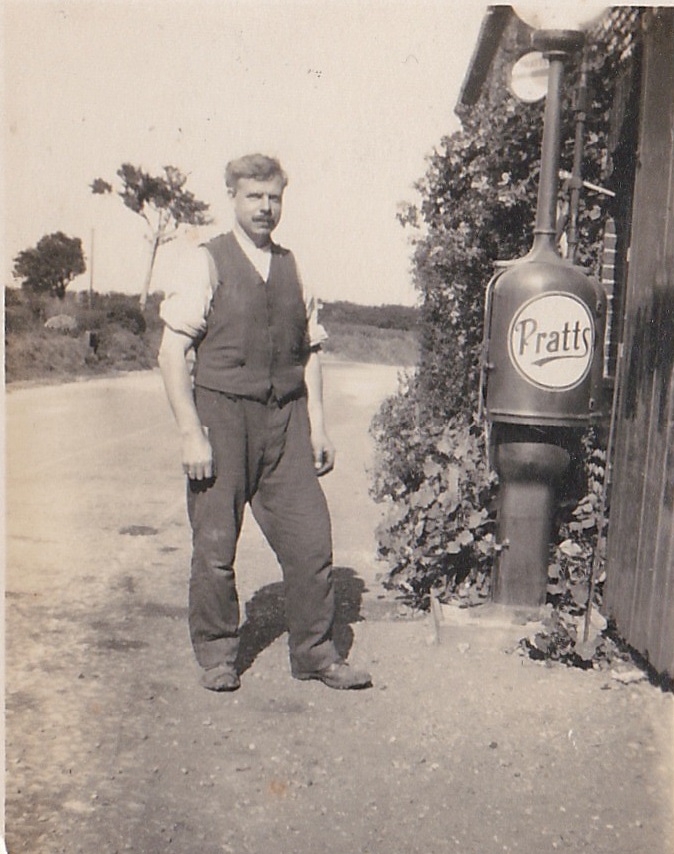
His brother in-law married a widow Mrs Woods who lived in a bungalow near the welding equipment firm, but he died not long after. Mr Clarke died first, and Mrs Clarke was joined in the new bungalow by Colin, his wife and young Gracie their daughter. Mary Young also relates that Colin Snelling was very kind hearted taking in a young lad Payne who was threatened with the poor house. The lad helped in the forge and around the village with odd jobs. With the expansion of the use of the petrol engine Colin installed a petrol pump, the exact date is unknown but was pre -war.
Mary Young again recalls, The marvellously organised tools -the glow of the forge in the not very well-lit building. The tyre forge separately in the rear garden.
Reg Pike and his wife lived in Forge Cottage. Reg helped in the forge and Mrs Pike took in paying guests.
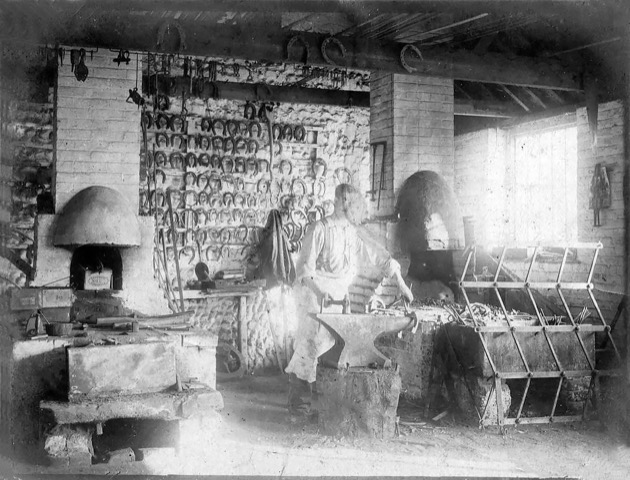
With the death of Colin in 1954 Reg took over the forge. He carried a most useful stock of bits and pieces, electrical fittings etc, as the traditional work of the smith was not so much in demand Mr Pike did more electrical installations replacing the old Tilley lamps and coal or oil-fired cooking range). He also had an inspection pit dug as he expanded the car repair business.
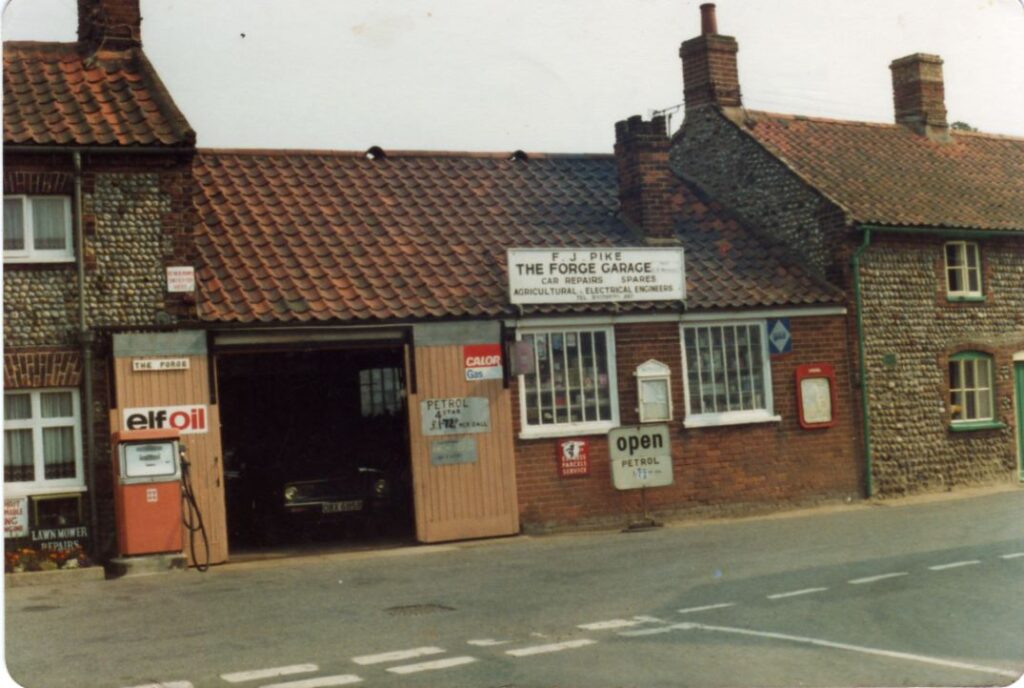
Reg retired in 1980 and the forge closed for the final time. It had two subsequent owners one of whom ran it as a second-hand furniture shop until it was closed by the council. In 1988 it was bought by Mr and Mrs Bird. Mrs Ruth Bird celebrated her 100th birthday in 2023.
